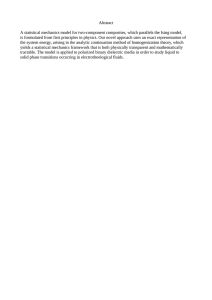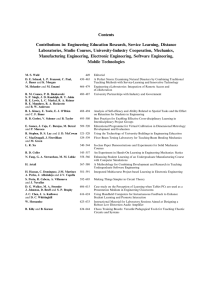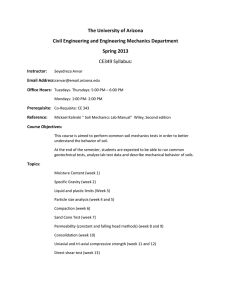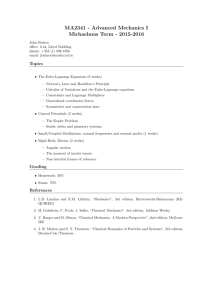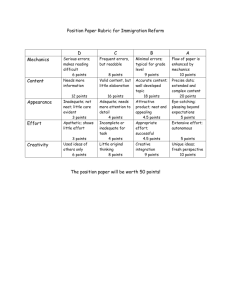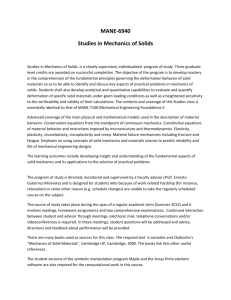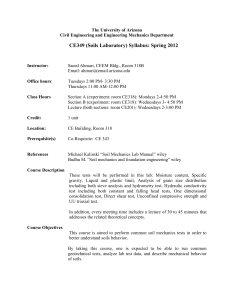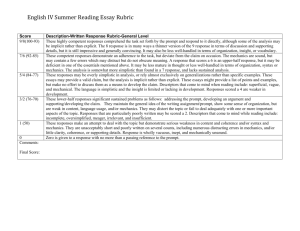Social Regulation
advertisement
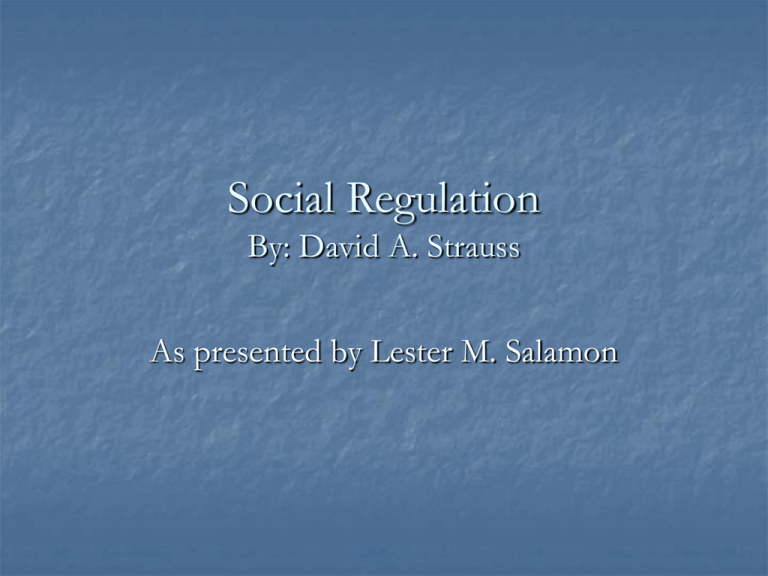
Social Regulation By: David A. Strauss As presented by Lester M. Salamon Introduction Issue: Social Regulation has a diverse set of elements. Social Regulation is an indirect tool of government Eugene Bardach “Social regulation is correcting failures of the legal system- mainly liability and tort law- to prevent harms or to promote positive ends. These in turn arise from failures in the market.” Defining “The” Tool Clarifying the difference between Social and Economic Regulation. Economic: Financial Market Regulation; FTC Regulations; Federal Reserve System. Social: Welfare; Public Safety; Medicaid. Both types of regulation are often blurred. Defining “The” Tool Four (4) Elements of Social Regulation: Rule that govern expected behavior. Standards that serve as benchmarks. Sanctions for non-compliance. Administrative apparatus that enforces rules and administers sanctions. Defining “The” Tool Rules vs. Regulations: Rules: Substantive Rules vs. Procedural Rules Regulations: Ex Ante regulation vs. Ex Post Regulation. Patterns of Tool Use A Brief History: Babylonian Building Code Plymouth Colony Roofing Code (c1626) Fire Codes of London (c1666) American Meat Inspection Act (c1907) Patterns of Tool Use United States Regulatory System has: A FORMAL SYSTEM for development. A FORMAL and LEGAL style of enforcement Patterns of Tool Use Modern trend of regulation is toward marketorientated systems. Started with the Reagan Administration Continued, to an extent, with the Clinton Administration. Modern developments include market-like mechanisms; emission and pollution trading systems; and negotiated rulemaking. Basic Mechanics “Rules are the path on which Social Regulation follows.” Social Regulation involves: Est. of Rules Development of Standards Est. of penalties and rewards Design & implementation of enforcement systems Basic Mechanics Rules: Good rules are defined with respect to their legitimacy, fairness, & predictability. Rulemaking process set forth in Administrative Procedure Act of 1946. Basic Mechanics Standards: Setting Benchmarks Rules are sufficiently complex that they require specification of standards for performance. Approach and consideration of technical issues Legal issues Economic issues Basic Mechanics Penalties & Rewards: Compliance Rates Factoring Cost of Compliance into Cost of Doing Business Basic Mechanics Enforcement Systems Complaint-Based Systems HACCP Inspection System Flexibility vs. Coercion One MAJOR Point Regulatees (Targeted Group) vs. Beneficiaries Management Challenges Reducing Conflicts Inconsistent Implementation Inadequate Resources Fostering Intergovernmental Partnerships

